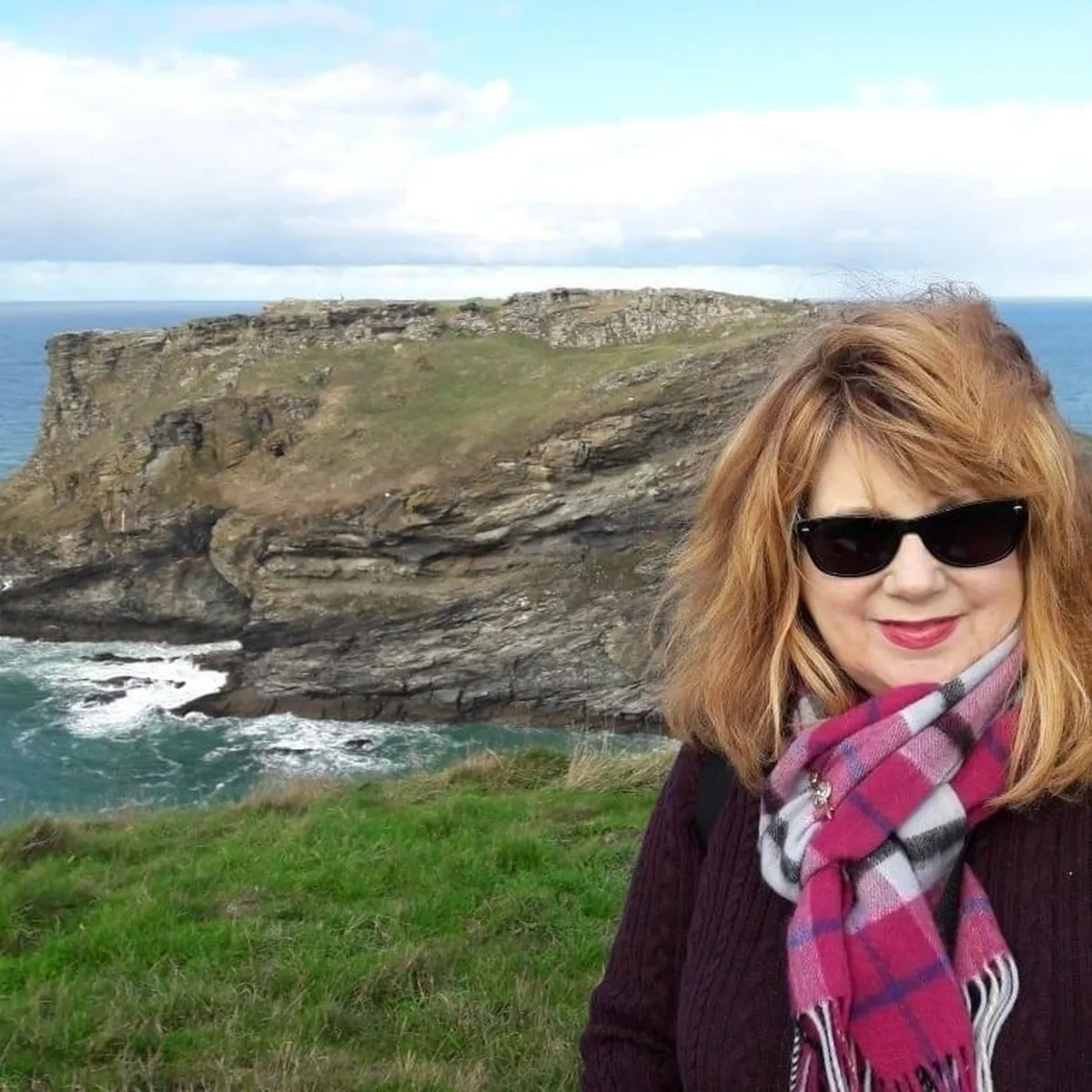A key event in the history of Scotland took place in 1320. Despite the Scots’ overwhelming victory over the English at the Battle of Bannockburn in 1314, the many years of conflict between the two countries continued. The Scots, led by Robert the Bruce, sought peace and recognition of their place as an independent nation. At Newbattle, a Cistercian abbey a few miles from Edinburgh, a great council of the nobles and barons deliberated on the content of a letter to be sent to Pope John XXII, asking him to encourage Edward II of England to grant this recognition and reach a peace agreement.
Some weeks later, as a result of the council’s decisions, the letter – which was expertly drafted by the Scots Chancery at Arbroath Abbey, and dated 6 April 1320 – was dispatched from there in the name of the nobles, barons, freeholders and the “community of the realm of Scotland”. This letter has since become known as the Declaration of Arbroath, and is currently held by the National Records of Scotland in Edinburgh. The Declaration of Arbroath Family History Project, which is run by the University of Strathclyde marks the 700th anniversary of the declaration.
The project’s aim is to throw light on the signatories of the declaration from a genealogical point of view. ‘Signatories’ is used in this context to indicate individuals who were either named in the document or attached their seal to it.
There are two strands to the project. The first of these, the documentary strand, involved researching the signatories and their families, and is based on the work of Postgraduate Diploma students.
Using DNA testing
The second strand of the research, genetic genealogy, involved the use of two types of DNA testing, Y-chromosome testing and autosomal testing. This research was undertaken mainly by staff with input from students and collaboration with administrators of various DNA surname projects.
For investigating surnames, the primary type of test is the Y-chromosome test. The Y-chromosome is only carried by men. A male inherits his Y-chromosome from his father, who in turn inherited it from his father and so forth back in time. Over time small copy errors occur in the Y-chromosome that can be measured by genealogical tests.
The methodology employed in the project involved identifying men documented as having an unbroken pedigree on the male line going back to one of the 48 signatories. Once identified they were invited to take a 37-marker Y-DNA test, and their test results compared to others within the FamilyTreeDNA database.
In the majority of cases they matched other takers of the DNA test who bore the same surname. However, the 37-marker test is only an introductory test, so more refined testing was then undertaken to identify when the matching test-takers shared a common ancestor with the documented test-takers. This was achieved by testing for single nucleotide polymorphism (SNP) markers using FamilyTreeDNA’s Big Y-700.
SNPs (pronounced ‘snips’) can be used to identify when surviving male lines diverged from each other, because SNPs can be dated and placed in chronological order. This can be achieved by looking for SNP markers that are not carried by other surviving male-line descents.
For example, if only one descendant line carries a particular SNP marker and the others do not, the founder of the line is known as the ‘SNP Progenitor’. In other words, the copy-error must have occurred in him. All of his male descendants carry the marker, so belong to his branch of the family or ‘clan’.
A copy-error on the Y-chromosome within the portions sequenced by the Big Y-700 test is calculated to occur on average every 90 years (82–98 years). A positive outcome from identifying SNP Progenitors is that the statistically based model of SNP dating can be improved.
In the future, the discovery of SNPs that indicate branching, the more accurate dating of SNPs and the identification of SNP Progenitors will benefit those whose genealogical research is stymied by a lack of documentary evidence. Therefore the possibility exists to connect a ‘brick-walled’ lineage to a medieval genealogy beyond reasonable doubt.
This is the methodology that has been used in the project, resulting in several significant conclusions relating to a number of the families of the signatories, in particular the Boyd, Dunbar, Seton and Stewart families.
Case study: Ann Stewart Burns

Ann lives in Massachusetts in the USA and has been researching her family history for many years, with a particular interest in her paternal line, the Stewarts. Documentary evidence took the research back to James Stewart, born c1800 in Donegal, Ireland, but beyond that the family could not be traced. At this point Ann turned to DNA testing.
Her brother Thomas Philip Stewart was happy to take a basic Y-DNA test. At the 67-STR-marker level this shows 204 matches, of which 151 were Stewarts. Such a preponderance of the one surname was clear evidence that Thomas was genetically a Stewart, but was this of the line of the Ancient High Stewards of Scotland? The next step was to do some SNP testing, and the results of a Big Y test from FamilyTreeDNA showed that he carried the SNP Y14197.
As part of our research at the university, we enlisted the participation of documented male-line descendants of three sons of Robert II. From their DNA results, we knew that this particular SNP indicated descent from one of his illegitimate sons: Sir John Stewart, the sheriff of Bute (born c1360). This information bridged a gap of over 400 years in Ann’s research. She may not be able to discover the forebears from every generation of this period, but now knows the name of one specific medieval ancestor.
Alasdair Macdonald and Graham Holton are tutors on the genealogical courses run by the Centre for Lifelong Learning at the University of Strathclyde
